When Joe Biden was elected in 2020, an overjoyed Los Angeles Times boasted that his goal was to “make America California again.” Biden has fulfilled the Times’s vision, if with less than complete success.
Over the past few weeks, however, lunchbucket Joe from Scranton has been unceremoniously dumped by the Golden State elite — Nancy Pelosi, Adam Schiff, George Clooney and a passel of tech oligarchs — to be replaced with one of their own, Vice President Kamala Harris. But given the chances of a GOP win this year, the Californians have another favorite in the wings, Governor Gavin Newsom, for 2028.
Harris’s elevation and Newsom’s looming challenge are but parts of what can be best described as the Californication of the Democratic Party. The Golden State remains deeply blue — even as traditional Democratic strongholds, particularly in the South and much of the Midwest, have shifted increasingly to the GOP. Recent polls suggest that even New York is wobbly in its affiliation with the state’s ruling party.
But New York is only the fourth most populous state; its influence is waning while California, with all its problems, has a far greater economy, as well as greater cultural and technological influence.
Much as Ronald Reagan defined the Republican ethos until the emergence of Donald Trump, figures like Newsom and Harris will shape the post-Biden Democratic Party. Both come from progressive central casting in the deep-blue haven of San Francisco; both Newsom and Harris have built their careers around support from lawyers, tech oligarchs, progressive trust-funders, Hollywood and public employee unions, especially teachers.
Yet here’s the rub. Buying the California model today is increasingly like buying a lemon, and not the tasty kind we grow in our front yards. California today is not the land of opportunity that it was in the Reagan, or for that matter the early Jerry Brown, years.
Of course Newsom, Harris and other boosters claim the state as a social justice model. “Unlike the Washington plutocracy,” Newsom boasts, “California isn’t satisfied serving a powerful few on one side of the velvet rope.” But this view, still widely accepted by many progressives and their media acolytes, seems out of touch with reality. Nearly one in five Californians — many working — lives in poverty (using a cost-of-living adjusted poverty rate); the Public Policy Institute of California estimates another fifth live in near-poverty — roughly 15 million people in total.
The old ideal of California as the apex of the American dream has been shattered. Since the 1970s, middle-class incomes, once ebullient, have stagnated. The state may be home to the most billionaires in the nation, but it also suffers the widest gap between middle and upper-middle income earners. It also faces a deep budget deficit, tepid job growth and the nation’s highest unemployment. The state is home to 30 percent of the nation’s homeless population, with some now living in caves.
In contrast, key competitors such as Texas, Florida, Arizona, Georgia and Nevada have over the past three decades enjoyed considerably faster income and job growth. This reflects the sad fact that the lodestones of California supremacy, culture and technology, are clearly in decline. When Reagan was an actor and president of the Screen Actors Guild, and even into his time as president, Hollywood reigned supreme. To be sure it was primarily liberal in its leanings, as Reagan himself was once, but its cultural product was tailored to conventional tastes. Today’s Hollywood prefers to impose a new race and gender orthodoxy, even at the once family-friendly Disney. Not surprisingly, the entertainment business, one of the state’s high-end industries, has also lost jobs, due to technological changes and incentives offered by other states and countries.
“The audience,” as one film historian recently told the Los Angeles Times, “has moved on.” And where are they moving? To places like Nashville and Austin whose country music more often reflects the primacy of patriotism, heterosexual relationships and the ethos, and pain, of hard, often physical labor. These messages do not stir the MFAs and MBAs who now dominate Hollywood and much of the cultural community.
More critical still may be losses in technology, which has propped up California’s economy for a generation. California was long a dominant force in aerospace, the semiconductor industry and the PC and internet revolutions. But this grip has been slowly fading for two decades. A new study from Chapman University, in partnership with UC Irvine, shows how California has seen its share of the nation’s advanced-industry jobs stagnate while jobs in advanced industries move to lower-income-tax states.
The loss of SpaceX, in what Elon Musk said was a direct response to California’s assault on parental rights, may be the most consequential blow. SpaceX has been one of the few sectors in the state creating a badly needed source of new high-wage employment. A recent report by the Space Foundation estimates the global space economy to be $570 billion in 2023, an increase of 7.4 percent from 2022’s revised sum of $531 billion, nearly double the size it was just a decade ago. The SpaceX move follows the loss of headquarters of virtually every major aerospace company in the state, which has meant, among other things, that California is not getting its historical boost from the current defense boom which now is more likely to benefit states such as Texas (the new home of SpaceX) and Virginia.
The Democratic Party’s embrace of California comes as more Americans, including Californians, are voting with their feet. Since 2000, per census data, California has lost 3.8 million residents in net domestic migration — more than the population of Los Angeles. Today, California ranks toward the bottom in attracting newcomers. It is even losing middle-class educated professionals, whose exodus increased sharply between 2019 and 2021 before a modest rebound. Many of those leaving, according to an analysis of IRS data, are middle-income families in their childbearing years.
People don’t leave California for better weather or scenery but for opportunities to improve their station in life. Due to regulation-driven high prices, California now has the nation’s second lowest homeownership rate. One recent study found the median family in San Jose would need 125 years (150 in Los Angeles) to save up a down payment; in Atlanta or Houston the figure is twelve years. Not one unionized construction worker can afford to buy a median-priced home in any coastal California county, according to a recent study by economist John Husing.
The loss of families and young people suggests that California, once the beacon of youth culture, is becoming strangely geriatric. The state’s fertility rate, above the national average as recently as 2012, now ranks as the ninth-lowest in the nation. San Francisco and Los Angeles now boast the first and second lowest fertility rates of the fifty-three largest markets. Los Angeles County, for example, has nearly 750,000 fewer people under twenty-five than in 2000. These trends suggest that in the future the surfboard may be replaced by the walker.
Even immigrants, who have helped propel the state economy as it was losing domestic migrants, are finding better opportunities elsewhere. In a state that considers diversity an unofficial religion, immigrants, including in the last two years, are deserting cities like Los Angeles, which lost foreign-born residents, for Houston, Dallas-Fort Worth and Miami — places that Gavin Newsom skewers as racist hellholes. The reasons for this trend reflect the primacy of economic reality; African Americans and Latinos do considerably worse in the Golden State in terms of income and homeownership than in the rest of the country.
California government was once a model for the country, particularly in the 1950s and 1960s under Edmund G. “Pat” Brown, arguably the most consequential governor in the state’s history. California created a water, education and road infrastructure that was the envy of everywhere else. In those times the Golden State, said the great liberal economist John Kenneth Galbraith in 1971, was run under both parties by “a proud, competent civil service” that also produced among “the best school systems in the country.”
Today California offers no such success model. Its government has been ranked by WalletHub as the least efficient in delivering services relative to tax burden. The once widely admired primary education system is now among the worst in the country, particularly for poor and minority students.
Meanwhile the state, even as it has expanded spending, has seriously underinvested in key infrastructure, like roads and water supply. Instead California spends more of its budget on welfare than virtually any state, twice as much per capita as its archrival Texas. Not content on expanding entitlements, during his tenure Newsom has embraced racial quotas and reparations proposals that could cost upwards of $640 billion, although California was never a slave state.
These policies are setting the stage for a fiscal disaster that parallels that being promulgated in Washington. California’s Legislative Analyst’s Office predicts continued operating deficits through 2028, a predictable consequence of the state’s inflation-adjusted per capita spending tripling over the last fifty years. Competitor states like Texas and Florida, by contrast, have grown their budgets while preserving large surpluses. In the long run, things could get worse, driven by a trillion-dollar tsunami in pension debt, notes former state senator Joe Nation, a Democrat.
Venture capitalist Marc Andreessen recently compared California to the late, decaying Roman Empire, also characterized by ever-greater regulation and a rapidly widening class divide.
The better analogy might be to the Soviet Union’s single-party system. When Ronald Reagan and Jerry Brown were governors in the late Sixties and early Seventies, the state enjoyed a robust two-party system. This forced politicians at least to consider middle-of-the-road voter concerns. Reagan, despite his conservative bona fides, signed a liberal abortion law and the state’s landmark environmental quality act. Jerry Brown, his Democratic successor, expanded his appeal by embracing a much-publicized commitment to fiscal austerity while espousing a strong pro-growth agenda for space and technology. Although Brown was certainly no conservative, his social views, reflecting his Jesuit past, sometimes ruled out highly intrusive progressive policies.
Such pragmatism was no longer needed by the time Democrats like Harris and Newsom emerged on the scene. By then the California GOP had imploded into utter irrelevance. Today only twelve of the state’s fifty-two congresspeople are Republicans. No major city in the state has a Republican mayor and since 2018 the legislature has had a supermajority, over two-thirds of its members Democrats.
This imbalance allows for mass incompetence without consequences — not a good look for a national party. The state that once led in advanced infrastructure now has suffered outrageous overruns, notably in the rebuilding of the Bay Bridge and the wildly behind-schedule, ever more costly high-speed rail system which again falls well short of financing. Rather than upgrade the system, the state government instead has lavished benefits on the state’s most powerful lobby, the public-employee unions.
Even as the media, academia and much of the Democratic Party apparat see the California system as the template for the national party, many Californians are less enthused. After all, even though 57 percent of adults believe the state is headed in the wrong direction, that’s up from 37 percent in 2020, and four in ten are considering an exit. Some 70 percent of renters, generally a Democratic constituency, expect “bad times” ahead.
Yet so overwhelming is the state’s political imbalance that even GOP analysts do not expect change in any direction soon. In fact three-fifths of Californians plan to vote for Democrats for Congress, and a hefty majority expects to back keeping them in control of the White House. One reason may be that conservative voters have been the most likely to flee. Into the bargain, the public-employee political machine is highly skilled in exploiting the state’s easily manipulated electoral system to assure turnout through ballot harvesting at nursing homes and other facilities.
There survives a sense that no matter what, California will never become an economic basket case like the Midwest in the 1970s. It remains the terroir of choice for tech billionaires and venture capitalists — and remains home to three of the world’s five leading tech companies, despite the hegira elsewhere.
But such conditions cannot be duplicated nationally. Most of America is not California, with its beauty, mild climate and enormous legacy of technological and cultural achievement. Michigan, Indiana or even Texas still may have trouble gaining the affections of those who can afford California; it might challenge them to endure either the north’s cold or the Sun Belt’s blazing heat.
Nor can other states even consider jettisoning, as California is doing, key blue-collar sectors like manufacturing, mining, logistics and agriculture that are particularly hurt by such things as strict labor and climate regulations. Recently, the California Air Resources Board, the primary executor of California’s climate policies, projects that these policies will result in significant income declines for individuals earning less than $100,000 annually, while boosting incomes for those above this threshold.
Lacking any serious opposition, California politicians can rise to power simply by winning over a small group of powerful elites. Kamala Harris, after a well-known romantic relationship with the much older Democratic kingpin Willie Brown, was catapulted into office through his good graces and those of San Francisco’s elite. Her ethnic profile — Caribbean and South Asian — has been her calling card her entire career. Selected by Biden largely for fulfilling race and gender imperatives, she is now the first DEI presidential candidate. Over the past three years she has, to put it charitably, played an underwhelming role in the Biden administration. Now close to achieving power, she has become the “only hope” in leftist media like the Guardian and the predictably PC Los Angeles Times. Perhaps more importantly, she has strong backing among the black political establishment, the bedrock of the Biden coalition.
Gavin Newsom, looking to 2028, could hardly serve as a DEI candidate, but his career has been defined by powerful alliances with progressive oligarchic elites and the political mafia surrounding Nancy Pelosi. “He came from their world, and that’s why they embraced him without hesitancy and over and above everybody else,” Brown, longtime assembly speaker and mayor of San Francisco, told the Los Angeles Times. “They didn’t need to interview him. They knew what he stood for.”
Newsom is already concocting ways to insulate the state against a potential Trump win in November and preparing to replace Harris as the party’s leader in 2028.
But it’s unlikely that the rest of America yearns to become Greater California. Start with the fact that Newsom was mayor and Harris district attorney in San Francisco. This is no longer the place where many Americans, as in the old Tony Bennett song, leave their hearts. Rather than the spectacular, sophisticated, always entertaining city of the future, they see a city that has emerged as a poster child for urban dysfunction.
Los Angeles, the state’s dominant city, is in some ways in even worse shape. The exodus of the middle class leaves LA with the highest poverty rates in the state and among the worst in the country. The city, which was my home for four decades, still has pockets of dynamism but is saddled with an awful central core, surrounded by mostly poor people, homeless encampments and empty buildings.
Ultimately this is not a good record for Democrats trying to reassemble their broken coalition. Rather than a beacon for the future, as was the case with Reagan and the Browns, California presents a model that the rest of the country, whatever their politics, won’t want to duplicate in their future.
This article was originally published in The Spectator’s September 2024 World edition.



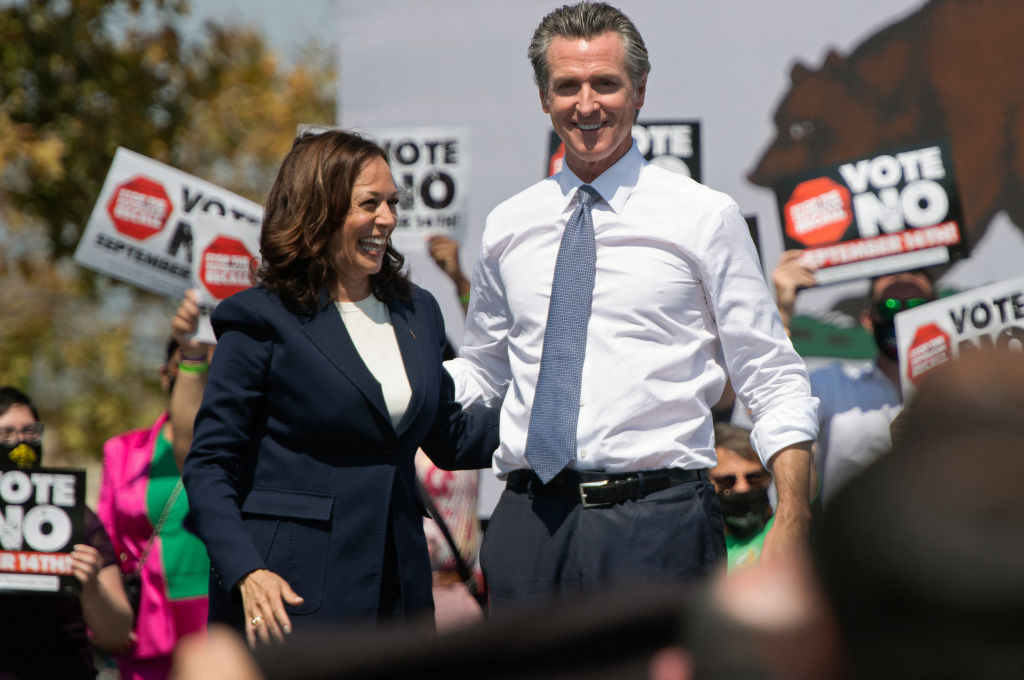








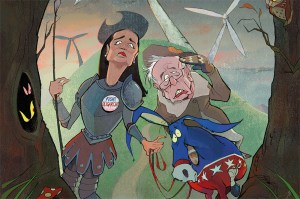

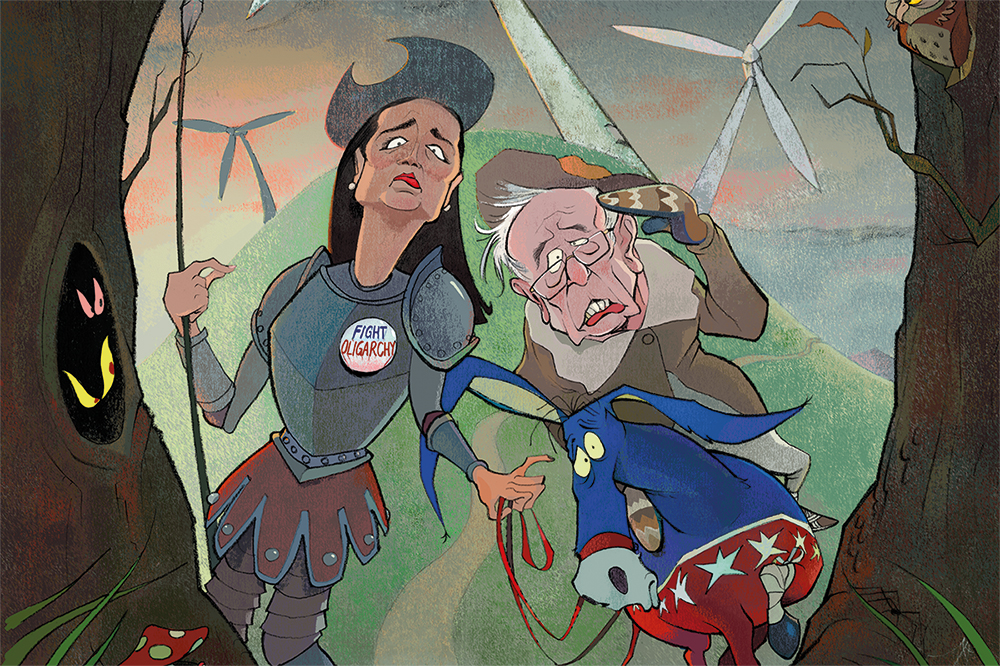

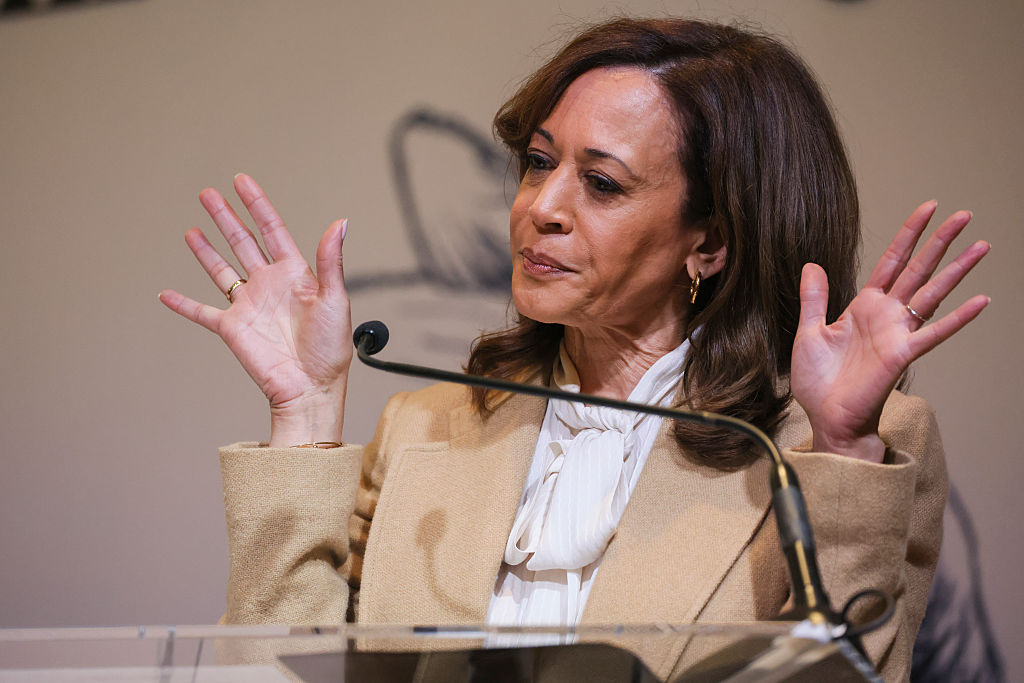
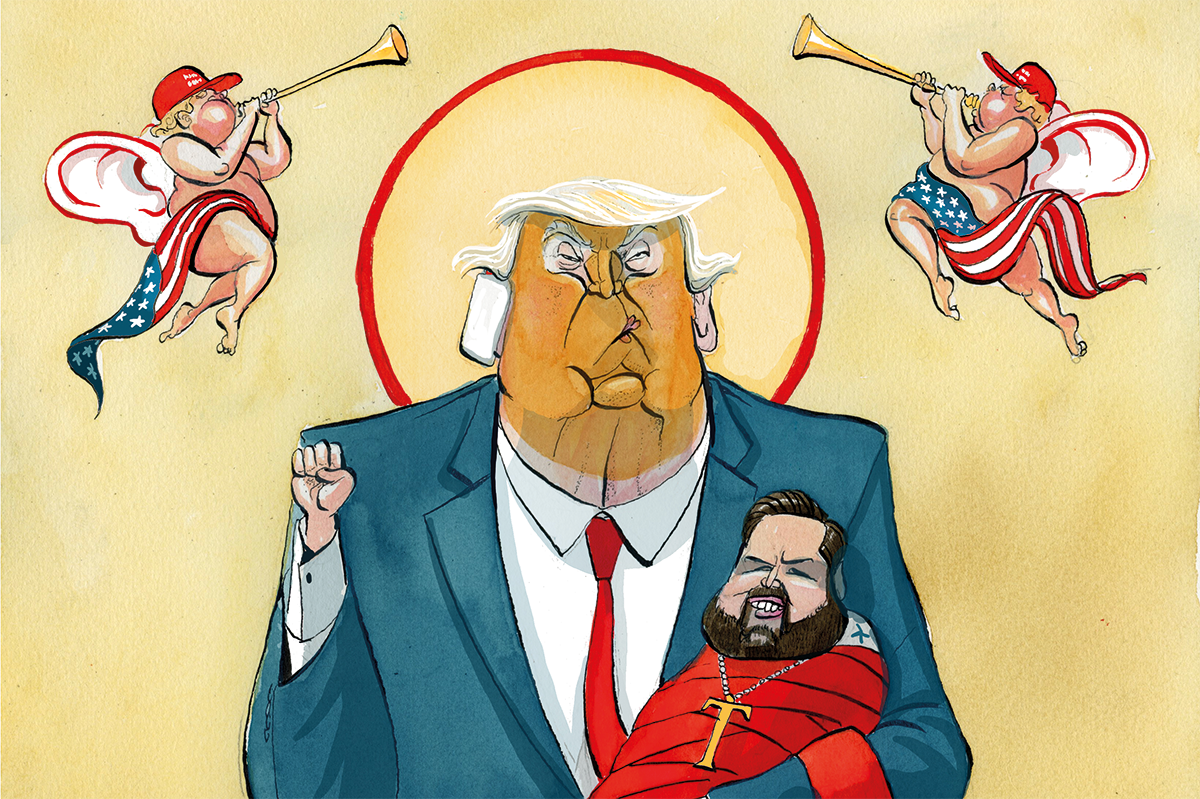
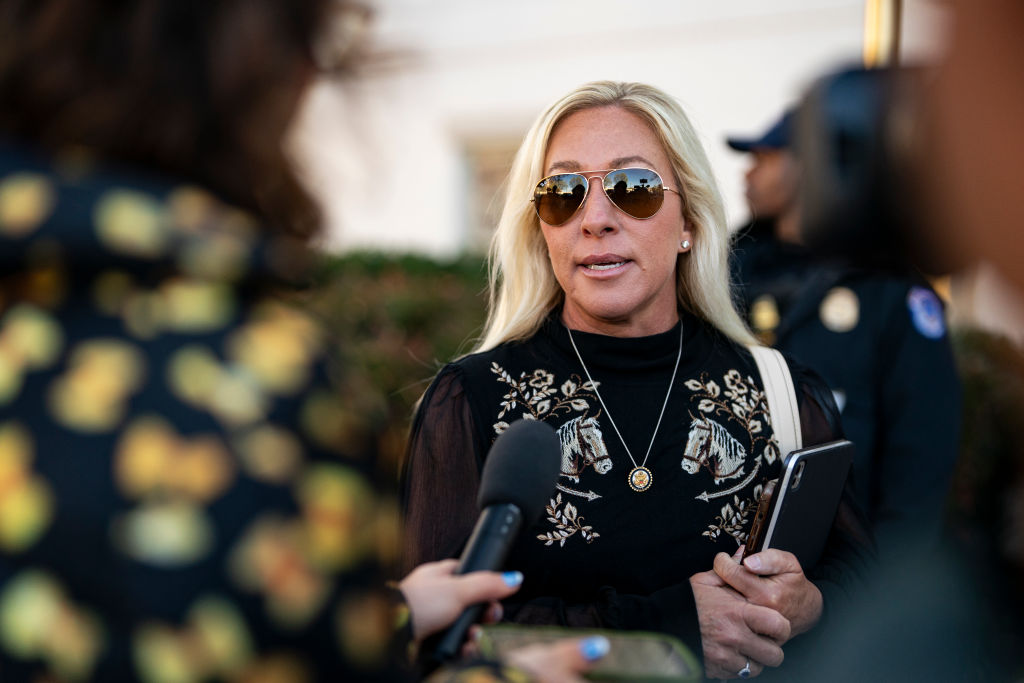







Leave a Reply